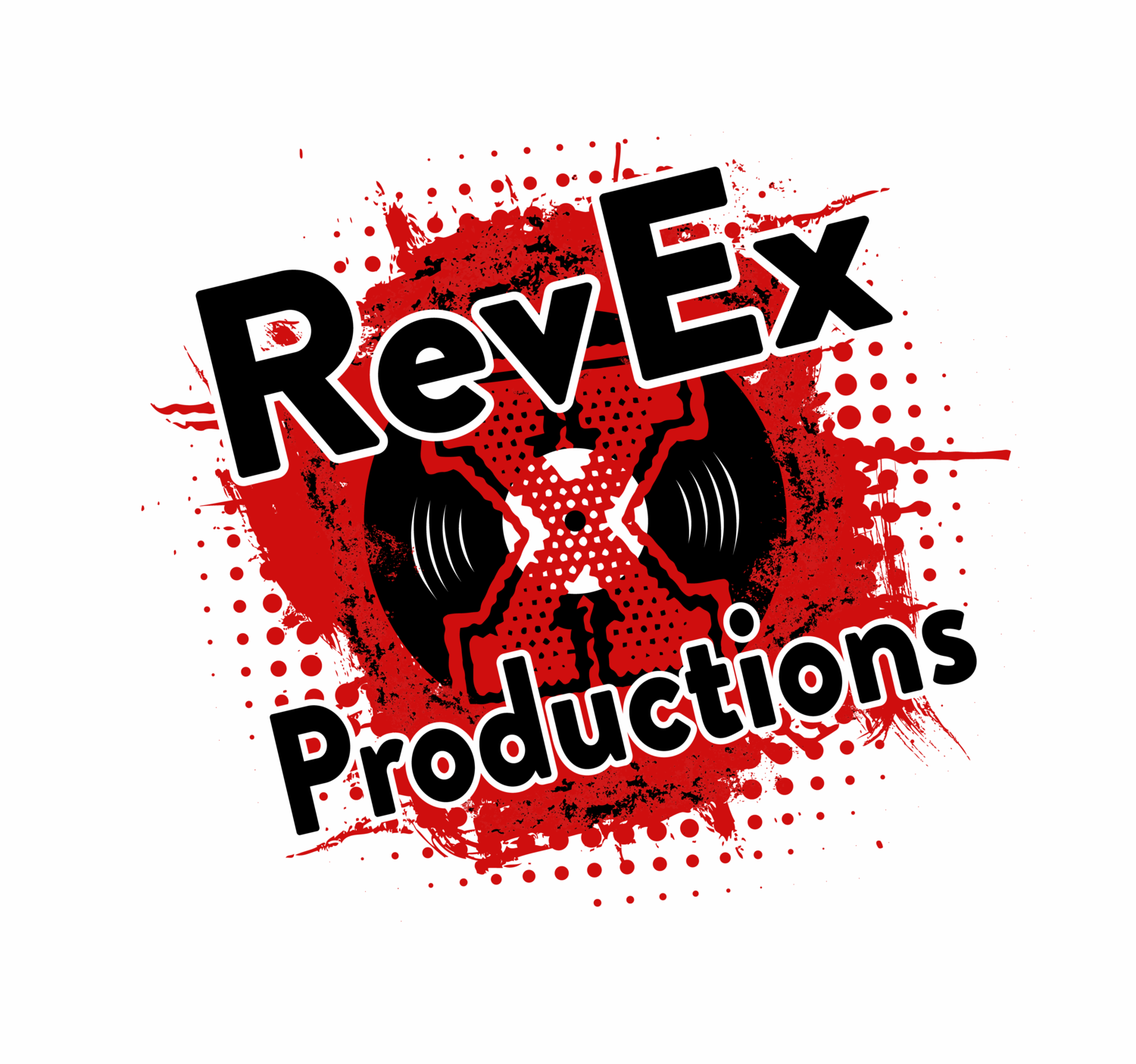A Screenwriter's Journey 3: The "S" Word, Structure
/With every screenplay, I try to do something that I haven't done before. In addition to changing genres, I also try to do something different with the structure/characters/settings/plot devices. So my first screenplay had a big twist ending. And my last one was autobiographical. In between I did a superhero movie and a Blade Runner-style sci fi movie. And one about a serial killer couple that is stalked by yet another serial killer.
So I wanted to find something different for this script.
And I decided to employ an old idea from my ideas list. I originally used the short-hand "splattervision" to cement it in my head. Basically the concept is that the movie moves along like your typical modern horror movie, but when I get to a scene where there is a kill, I'm going to switch it to traditional 2D animation, but the animation will be grand and surreal, with the depiction of violence being transformed into something more artistic. After the kill is over, it'll cut back to the final shot of the victim, looking as much as they can after having gone through whatever happened in the animation. This not only gives the movie some kind of unique hook, it allows for more creativity and more commentary on violence and our depictions of it.
So that was the first big idea I had after the last journal.
Next thing to tackle is structure. There's a lot of debate about structure in film, but it's something that has to exist and you have to be intentional about it. Some people talk about there being a specific set of plot points that have to be done in an exact order to the point that certain things have to happen on specific pages. But any working screenwriter will tell you that such strict structure requirements are largely nonsense. You can use one of the various formulas that exist as a starting point, but a rigid adherence to ANY screenwriter's strict formula is a bad idea and while many successful movies have similar structures, they have to be unique to avoid being redundant.
For this script I'm starting with a structure called "Hero Goals Sequences," from the book of the same name by JMJ Williamson. I've used this basic structure before and I find that it has more flexibility than most of the other structures I've seen (just about any how to write screenplays book or website has its' own structure). But I'm also immediately scrapping part of it because it doesn't fit the structure that I already started with my previous notes. So take a structure that exists (even copy the structure of one of your favorite movies) and twist it into something new.
By "structure," we're talking about things like the three acts, inciting incident, plot reversal, rising action, character introductions and arcs, etc. When you look at one of these structure models, they basically take you through the order and common features of each of these things and others. So I go take the structure that I previously typed up from that book, copy it into my script document and start replacing the general terms ("inciting incident") with the existing notes on that topic. As I fill in the structure, I take all the notes I had previously and stuck them in the appropriate place in the story. This will likely change for some of them later, but I try to get them in the best order I can. And each time I write something down, it generates another idea or two.
I'm getting close to starting to write. I have a basic structure and some notes about the story. I still have to come up with characters and start to flesh out the plot, with a particular focus on the beginning and the end. But that's for next time.

